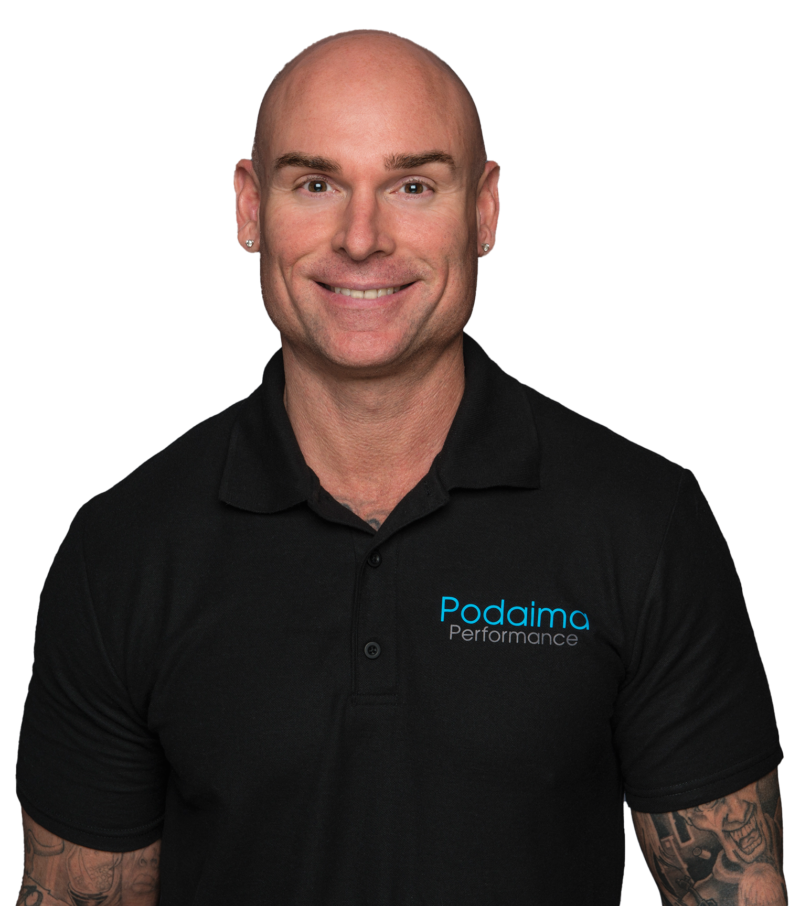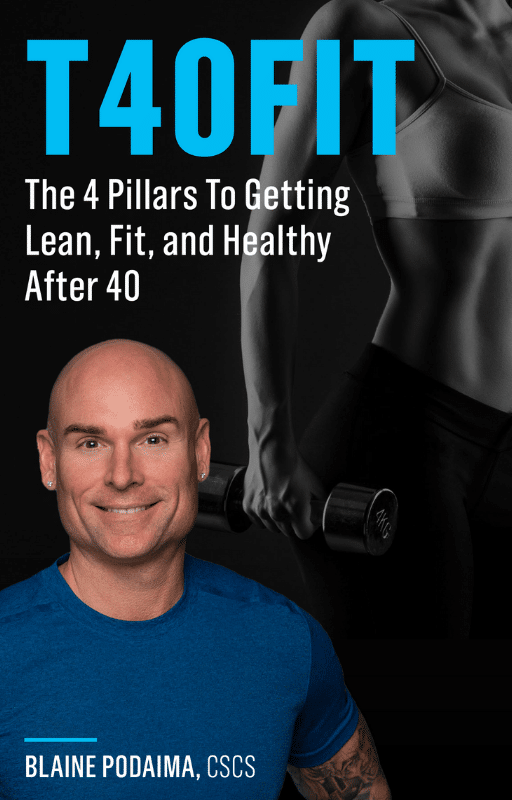I spend most of my days in the gym. It is second nature to me to look at what a person is doing and evaluating if they are following a good program of if they would be better off doing something different. The majority of the time I see people wasting their time doing exercises that are not that productive in terms of strenth and conditioning.
When people come to me their number one priority is usually weight loss. So when designing a program I want to use exercises that are the most bang for your buck. Or in other words work the largest amounts of muscles. I also want to make sure that whatever I am doing with them in the gym is going to help them with their everyday activities, so that they can do them, and not get injured.
One of the most important movements that people do everyday is lifting objects. Whether it be carrying groceries, lifting up their kids, or moving stuff around the house, I want people to be able to this and be confident that they will not get hurt.
So what muscles are responsible for this movement? Most specifically the hamstrings, glutes, and spinal erectors, which are referred to as the “posterior chain”. They all work together to cause hip extension. The quadriceps are also of significant importance too, but are no where neglected in exercise programs as much as the posterior chain.
The good news is that if you train the posterior chain properly it also gives butt that nice athletic look, which is often a request I get from clients. If you have a flat butt you better start doing some exercises that are going to fix that.
It is important to note that you should not be afraid of getting strong with these exercises no matter your age or sex. These muscles are big, strong, and made for power! These are the muscles that produce explosive running and jumping actions as well.
So lets look at these muscles of the posterior chain:
Spinal Erectors– are muscles that run up your spine. Unlike other muscles they should be worked isometrically. This means there should be no actual movement in the spine but they are working against resistance to keep your spine in line. So think of it this way: if you are lifting something heavy it is going to want to cause your spine to bend forward. If you keep your back flat instead of letting it bend forward then the muscles have to work to keep it in place. You do not want to load the spine and flex it at the same time…unless you want to herniate a disk. If you really want to herniate a disc then do this and also twist. I am being sarcastic, NEVER DO THIS! It is amazing however at the amount of people in the gym you see doing stuff like this.
Glutes- these are your “butt” muscles and the muscles that you want to work to make it look good. These muscles are responsible for hip extension. Hip Extension can be viewed as two ways:
- when the upper body is in one spot and the upper leg moves backwards. For example: climbing up a step.
- when the lower body is in one spot and the upper body moves backwards. For example: picking something up
Hamstrings-these are the muscles that run under your but straight down to under the knee. Like the glutes they are responsible for hip extension but they are also responsible for knee flexion. Knee flexion would be the movement from standing straight to bringing your heal to your butt.
So now that you are familiar with these muscles, just how are you suppose to train them?
There are many different exercises:
- Deadlifts and Variations
- Deep Squat Variations
- Back Extension
- Good Mornings
- Reverse Hyper Extension
- Glute Hamsting Raise
- Olympic Lifts
- Bridges
As for sets and reps and programming that goes beyond the scope of this article, but for the sake of progress and periodization it is safe to say that many different set/rep schemes should be used as well as varied tempos and rest breaks.
The majority of the people who go to the gym do not do these exercises and it is a shame. Do not be afraid to get strong in these exercises. I would highly advise getting proper instruction on how to do these exercises, because there is a high risk for injury if you do them incorrectly.



